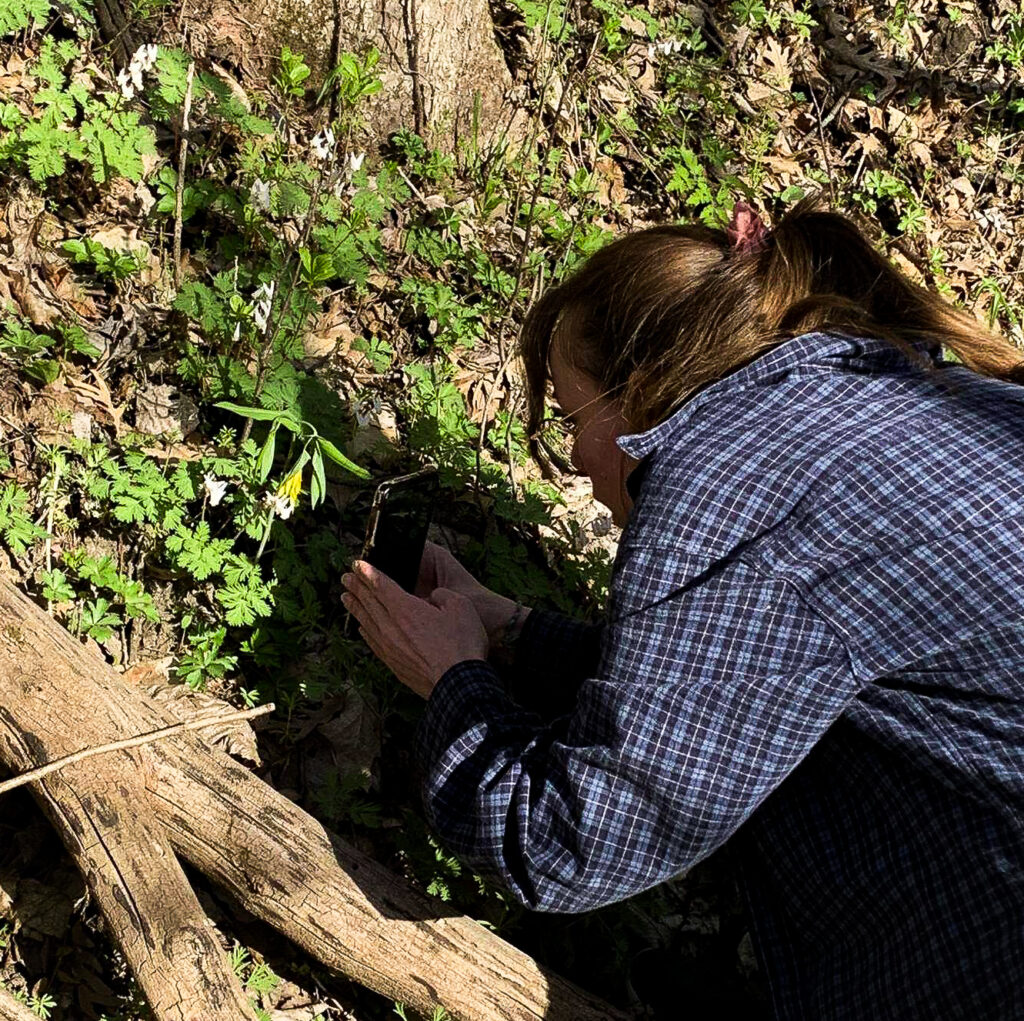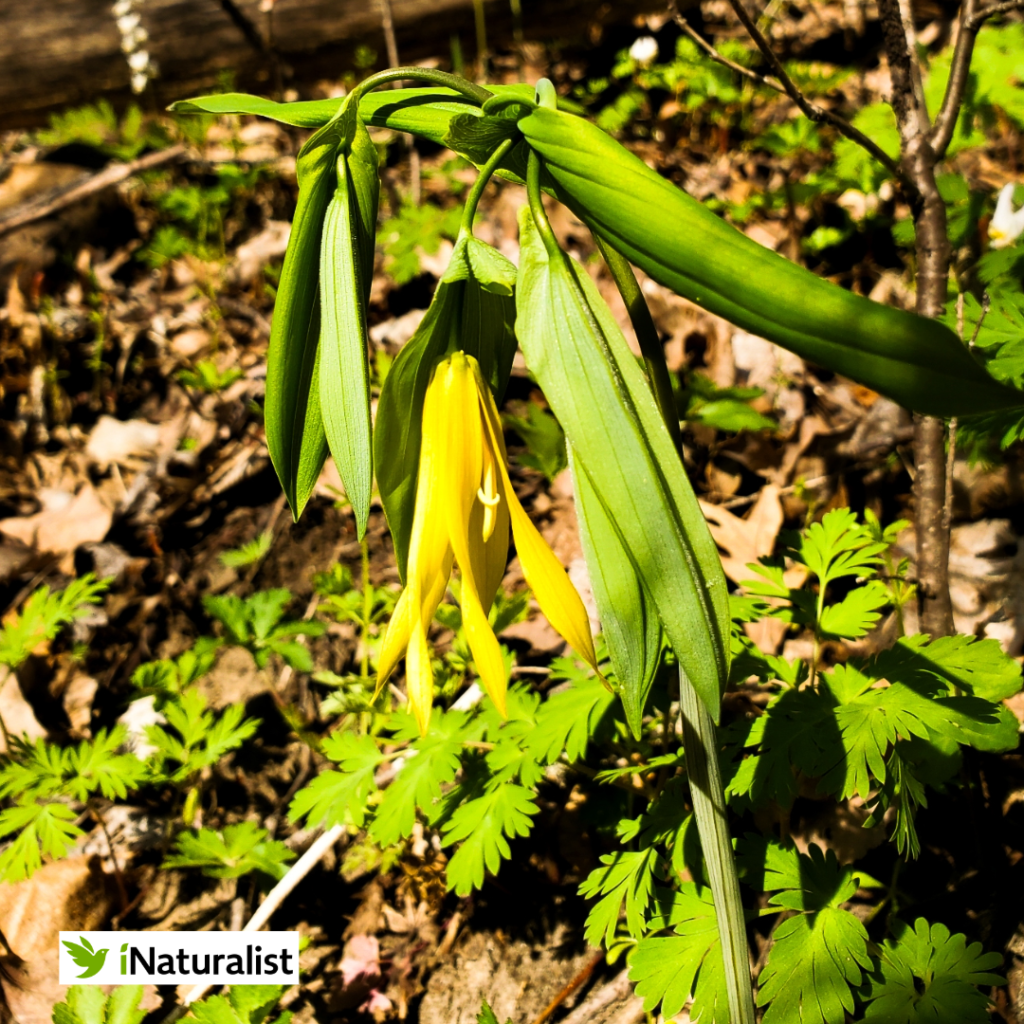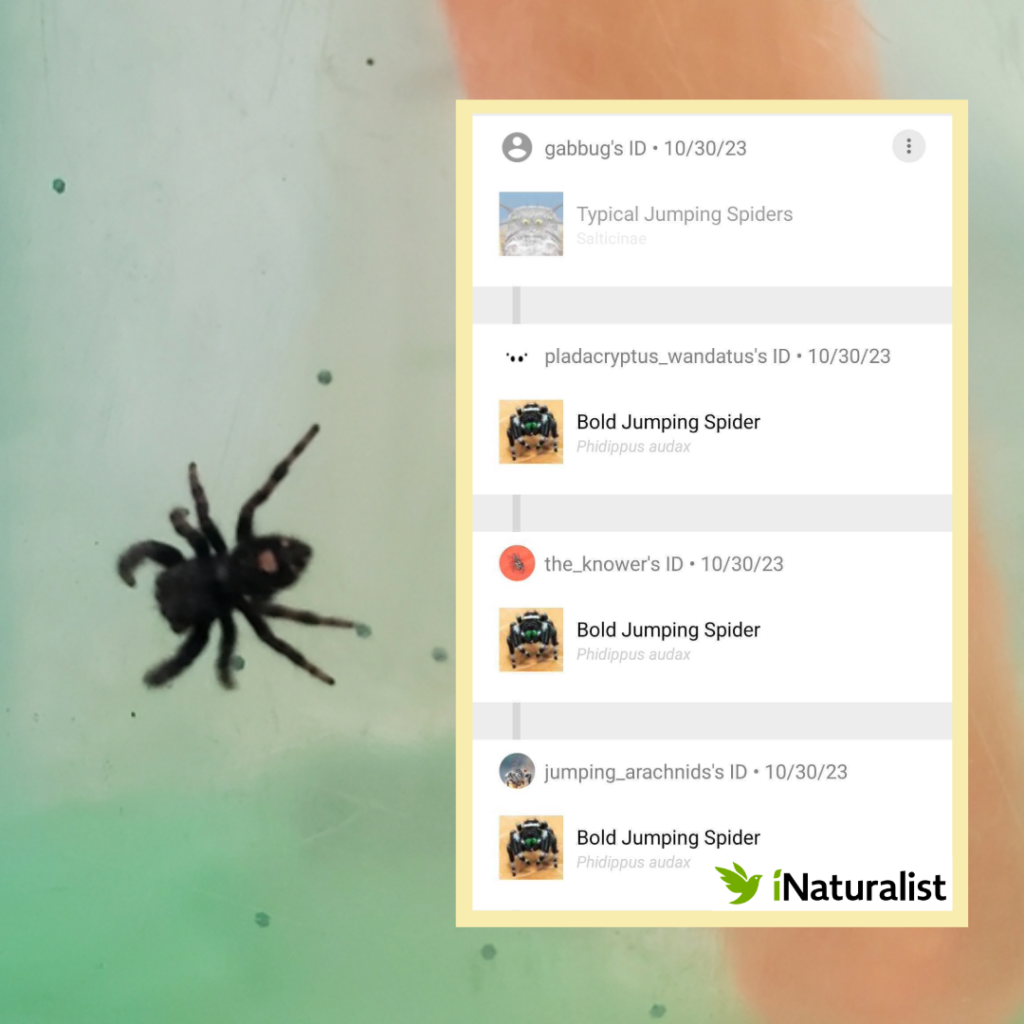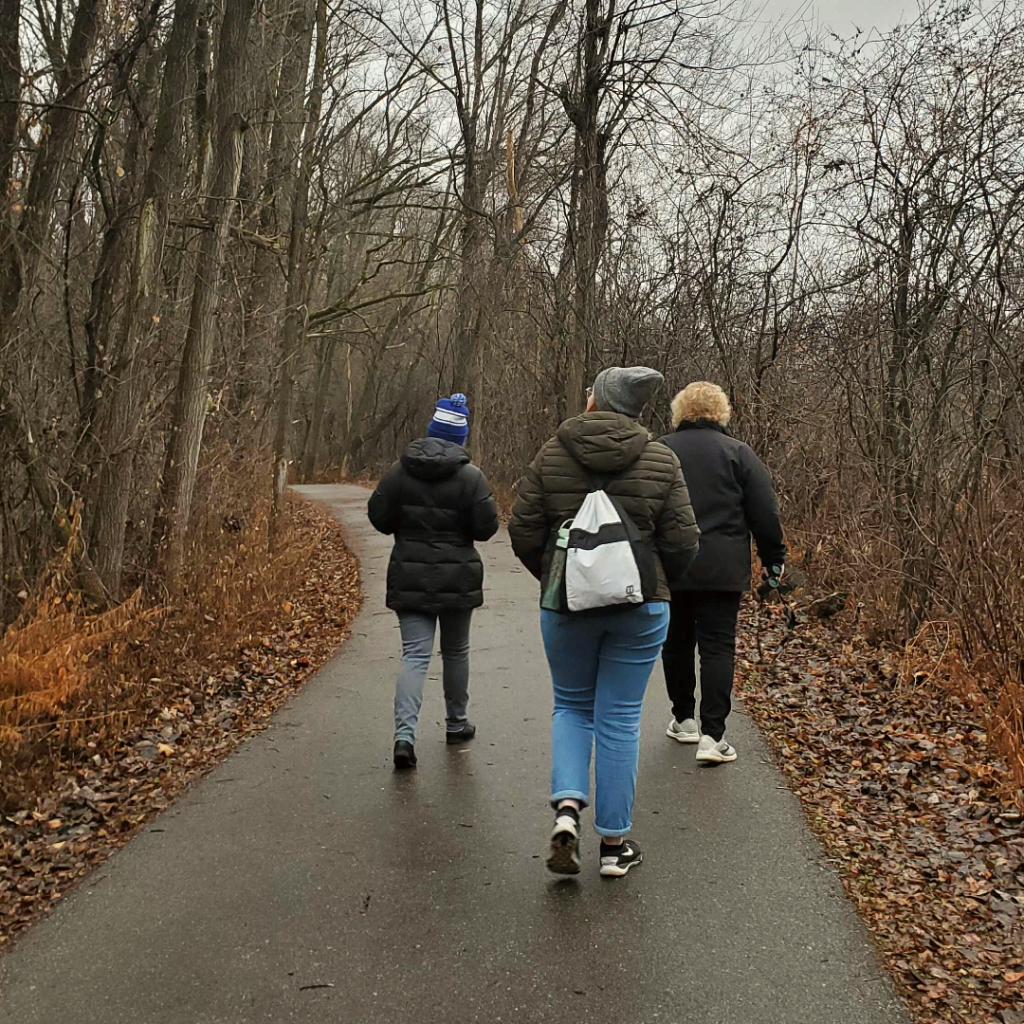By Gabrielle Arnold | Community Program Educator
AmeriCorps Member, September 2023 – August 2024
The concept of delving into the scientific community with no prior experience is intimidating. Without a degree and years in a lab, what makes you qualified to make scientific observations? How could you, without any credibility, possibly contribute to a field filled with the minds and skill sets of experts?
The good news is you are not alone. The desire to understand the world around you is a powerful tool that should not be underestimated. This tool can also be defined as community science. According to the Xerces Society, a nonprofit focused on conservation, “Community science (sometimes referred to as “participatory science” or “citizen science”) is a form of research that provides everyone—regardless of their background—an opportunity to contribute meaningful data to further our scientific understanding of key issues.”
Xerces continues to say, “By engaging community members, researchers can collect a larger amount of data, and often span more geographic regions, in a shorter amount of time. In turn, data collected informs larger conservation efforts.” On their website, Xerces offers various community science projects to take part in.


The first step to get involved is to download iNaturalist. In my opinion, this app is the closest tangible thing to magic known to man. By simply snapping a photo of just about anything in nature, you can get closer to knowing exactly what it is. Mammals, birds, fish, insects, plants, fungi, and even bacteria – dead or alive – can be identified from your photo. However, it doesn’t stop there. You can also upload tracks, feathers, nests, and even droppings. Anything left behind can be a clue to what might be living close to your location.
After uploading the photo, iNaturalist gives you suggestions on what it could possibly be. I want to stress that these are suggestions, not answers. When you upload your photo, it gets sent to the community. Then, experts and researchers can agree with your identification or offer a different suggestion.
I once uploaded a picture of a jumping spider on my desk and clicked the first suggestion, typical jumping spider. However, the community let me know that this was a bold jumping spider. Three conflicting identifications later, I learned that the eye arrangement is a key difference between these species.

I have the honor of working closely with community member and iNaturalist enthusiast, Vicki Miller, who once told me she uploaded a simple photo of a mosquito. Later on, a researcher commented on her observation and said he would be using this photo for his research on mosquito vectors. She was enthralled to know that she could contribute to such an important study.
This app may facilitate this advantageous connection between community members and scientists, but there are other ways to be involved. The Nature Place hosts the Driftless Area BioBlitz. These events, known as BioBlitzes, are held by educated professionals from our community who volunteer their time and skills to teach people about specific groups of nature in monthly family-friendly events. Each event begins with an educational experience that allows attendees to make as many observations as possible in that given area.

This summer, we have experts teaching about dragonflies, insects, native plants, prairie plants, and fungi. It is truly a win-win because you can not only learn about the species, but also meet like-minded individuals with shared passions. Our next event is next Wednesday, June 5th from 6:00p.m. to 6:45p.m. with Dan Jackson from the Wisconsin Dragonfly Association. We will look for and identify dragonflies outdoors. Dan will then do an indoor presentation about Wisconsin Dragonflies from 7:00p.m. to 8:00p.m. For more details about our events and other opportunities visit the community science tab on our website.
Knowledge from these events or your app spill into your everyday life. I have grown so much from participating in community science. Now, I can confidently point to and identify plants on my hikes, and my partner thinks I am a botanical mastermind. Although science requires experts to derive important contextual meaning from a scattered array of observations, the data collected by ordinary people with curiosity and a camera is invaluable.

